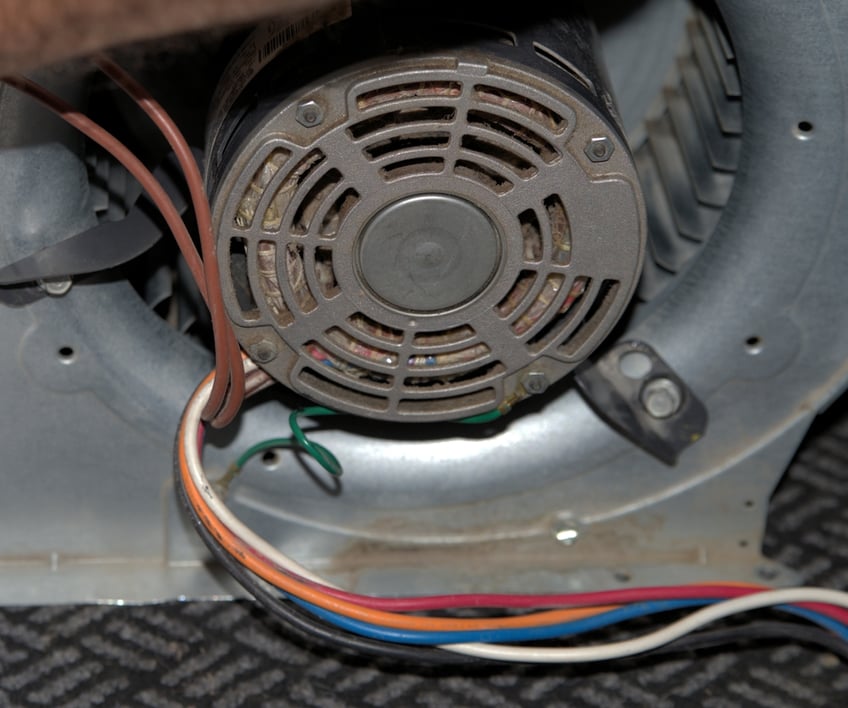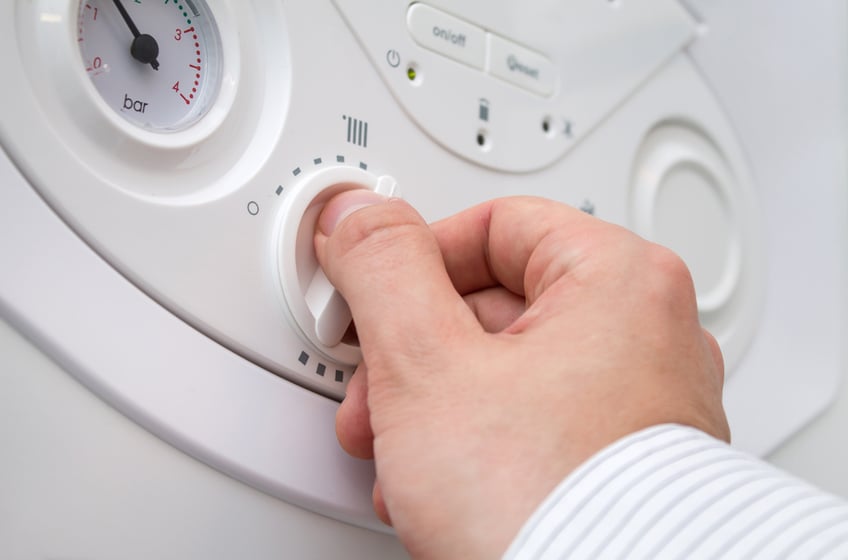Gas furnaces are a common heating option for homes, apartments, and commercial spaces. They are often coupled to air conditioners or heat pumps , achieving a combined heating and cooling system. Its energy efficiency is specified by the Annual Fuel Utilization Efficiency or AFUE, which indicates the percentage of heat extracted from the combustion of the gas. For example, a 90% AFUE furnace with an input of 200,000 BTU/hr will provide 180,000 BTU/hr of useful heating.
The ENERGY STAR program covers oil and gas furnaces rated up to 225,000 BTU/h. To qualify for the ENERGY STAR label, a gas furnace must be at least 90% AFUE in southern states and 95% AFUE in northern states. The unit must also have an electronically commutated blower motor and air leakage of 2.0% or less.
Planning a multifamily or commercial construction project? Achieve an energy-efficient space heating project.
Thanks to the Reducing Inflation Act passed in August 2022, some ENERGY STAR Furnaces now qualify for a 30% federal tax credit, covering up to $600 in equipment costs. This incentive is available for many types of HVAC equipment, and the limit is increased to $2,000 for heat pumps and biomass stoves.
When do I need a high AFUE furnace?

There is a common idea that furnace efficiency equates to furnace quality, but this is not always the case. There are excellent furnaces from top brands like Carrier and Trane that are reliable and durable while also being highly efficient. However, there are also lower-tier furnaces with a high AFUE nameplate. The opposite also applies; you can find furnaces with a modest 80% AFUE but an excellent track record in the HVAC industry.
High AFUE furnaces are strongly recommended for properties located in cold climate zones, as they are subject to a high workload throughout the year. Consider the following example:
- Suppose a commercial space needs 100,000 kBTU per year.
- An 80% AFUE furnace needs 125,000 kBTU (1,250 thermals) to provide 100,000 kBTU of heat production, while a 96% AFUE furnace only needs 104,167 kBTU (1,042 thermals).
- At a price of $1.85 per thermoelectric, the 80% AFUE furnace spends $2,312.50, while the 96% AFUE furnace spends $1,927.70.
In this simplified example, the 96% AFUE furnace achieves the same heating output throughout the year (100,000 kBTU) while saving almost $400 on gas bills.
There are applications where a low-efficiency furnace can make financial sense. 80% of AFUE furnaces use a single heat exchanger to extract heat from gas combustion, while 90-99% of AFUE furnaces use a secondary heat exchanger to extract more heat. However, the secondary heat exchanger makes these furnaces more expensive, and the additional cost only makes sense if the lifetime gas savings are greater.
80% AFUE furnaces are often recommended for locations with mild winters where the annual heating load is relatively low. They are also a common option for rentals, vacation homes and other properties that are not subject to a continuous heating load.
Local natural gas prices and incentive programs should also be considered when comparing furnace models. Even with reduced workload, a 90-99% AFUE furnace can be economical if local gas prices are high. You may also find rebate programs for furnaces that exceed the minimum AFUE. Additionally, consider that ENERGY STAR furnaces with at least 97% AFUE qualify for the 30% tax credit introduced in January 2023.
Choosing Between Upflow and Downflow Furnaces

When comparing furnace models, you'll also notice that many units are available in both upflow and downflow configurations. Consider that hot air rises above cold air due to buoyancy:
- The blower in an upflow furnace benefits from natural convection.
- The blower in a downdraft furnace must force hot air downward, opposing its natural movement.
For this reason, an upflow furnace will operate more efficiently than a downflow unit. However, consider that many furnaces are coupled with heat pumps and air conditioners , which share the same blower. In this case, having a downflow blower is beneficial as cold air falls naturally, while an upflow blower becomes less efficient.
In short, an upflow blower improves heating efficiency at the expense of cooling efficiency, while a downflow blower has the opposite effect. Downflow furnaces are effective in hot climates where the extra air conditioning efficiency outweighs the loss of heating efficiency.

